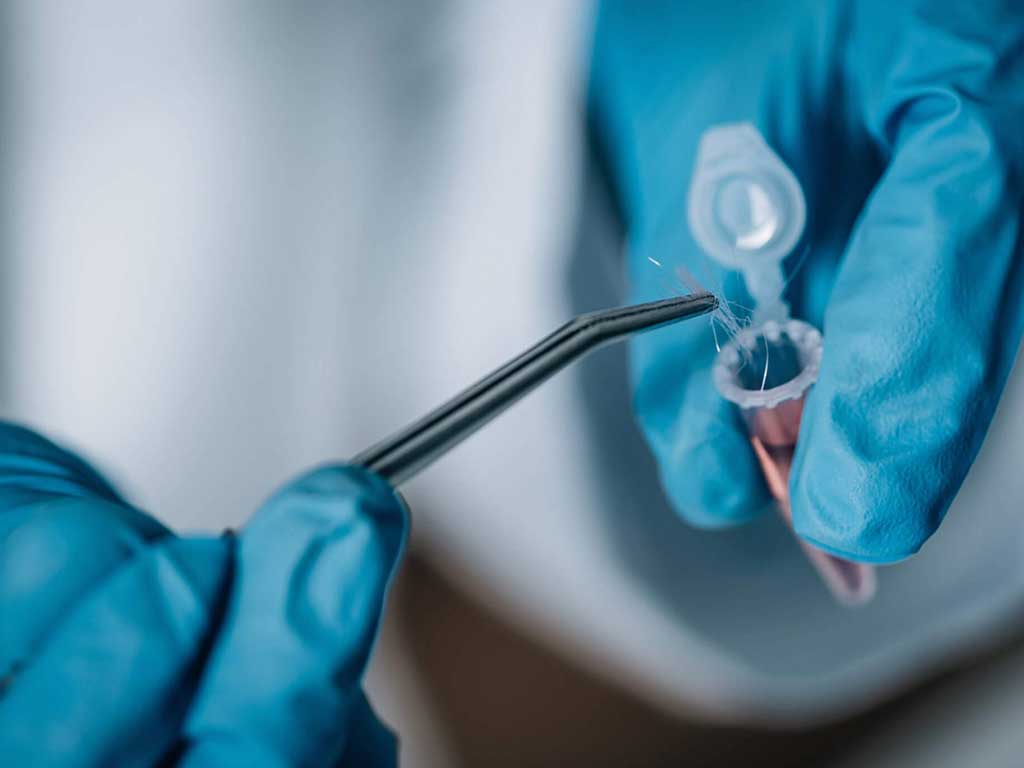EtG Alcohol Test: What Is It?
06 July, 2023

The EtG Alcohol Test is a type of laboratory testing that detects ethyl glucuronide. EtG is a byproduct of ethanol. It is formed when a person consumes alcohol, even in small amounts. Moreover, EtG is mostly found in urine but can also be traced in blood, saliva, and hair. However, EtG stays longer in urine for 48 hours, and up to 80 hours for heavy consumption. Thus, the test can determine recent alcohol exposure.
EtG testing is a reliable method in situations needing confirmation about recent alcohol use. Thus, many companies use it to test workers after an accident or monitor employees under treatment. Furthermore, there are advantages and limitations to this type of test. Understanding EtG is vital in alcohol testing and choosing the best method. This guide will present how EtG testing works, the types of test methods, and other factors and limitations to consider.
What is EtG Alcohol Test?
The EtG alcohol test examines biological specimens to detect ethyl glucuronide. It is a direct metabolite of ethanol, the compound found in alcoholic beverages. After ingestion, the liver metabolises ethanol and breaks it down. One of the byproducts is EtG. It can stay in the system for up to 80 hours after heavy drinking.
The results show a low to high positive if EtG is present and a negative if it does not detect alcohol. A low positive test has EtG levels between 500 to 1,000ng/mL. It indicates light consumption within the previous day or excessive amounts within the last three days. In contrast, a high positive result (more than 1,000ng/mL) occurs if the consumption happened within the last 24 hours.
The test is suitable for monitoring alcohol abstinence for people under rehabilitation, on DUI probation, and in child welfare cases. It is also useful as a confirmation test if the initial screening shows a non-negative result for alcohol. In addition, EtG tests are more sensitive than other alcohol testing methods.
Benefits
- High accuracy rate: the test is sensitive to detecting small amounts of alcohol in the body. Even if a person stops at one drink, EtG can show up in the next day’s test.
- Extended detection period: EtG stays longer in the body. It is suitable for monitoring alcohol use and is difficult to circumvent.
- Easy interpretation: the results are easy to analyse based on the EtG cut-off levels.
- Wide applications: its uses are valuable in many settings. It is helpful in monitoring individuals where alcohol consumption is not allowed. For example, treatment centres check on patients with alcohol use disorder.

Types of EtG Alcohol Tests
EtG enters different various organs through the liver and the bloodstream. They are mainly detectable in urine, blood, saliva, hair, and sweat. Mainly, the compounds stay longer in urine than in blood and saliva. Hence, the urine EtG alcohol test is practical and efficient in many settings. It can trace alcohol within the last 48 hours for light to moderate drinking.
A blood test can detect EtG within six to 12 hours. The short-term biomarker in the blood helps record acute consumption. It is ideal in post-accidents or medical emergencies to determine if alcohol is a factor in the incident. Moreover, EtG can show up in a saliva test as soon as two hours. Its short-term detection is suitable for testing current impairment.
Additionally, the hair test provides a long detection window of 90 days. The metabolites enter the hair shaft and remain there as the hair grows. Thus, it is useful for checking the long-term use of alcohol. Likewise, it is difficult to mask results. Lastly, several studies show that EtG is detectable in sweat through a sweat patch.
Differences with Other Alcohol Tests
There are several ways to detect alcohol. The main differences between EtG and other alcohol tests are the type of compounds detected and the timeframe. EtG stays in urine for a longer time period of up to 80 hours. Meanwhile, a traditional ethanol test has a detection window of up to 24 hours.
Another method is alcohol breath testing. A breathalyser device captures expelled air and measures Blood Alcohol Content (BAC). It can trace alcohol use for the past 24 hours and show the results within 10 to 15 seconds. Breath testing is more common in roadside and workplace screening to determine current impairments.

Limitations of EtG Alcohol Tests
EtG alcohol tests serve many benefits and advantages in detecting recent alcohol use. However, it also has some limitations that need consideration when testing for alcohol. One vital factor to note is that it has a maximum quantifiable amount. It cannot measure the actual levels above a certain limit. It can also indicate recent consumption but not determine the exact time.
Furthermore, it is susceptible to false positives due to exposure to alcohol-containing products. Using mouthwash and taking certain medications may affect the outcome and result in high EtG levels even if the person did not consume an alcoholic drink. Additionally, a positive result does not necessarily mean that a person is impaired at the time of the test.
The test also requires specialised laboratory equipment to process the samples. It is more expensive and has a longer turnaround time than other methods. Therefore, it is not ideal for workplace monitoring that needs rapid outcomes. Nevertheless, it is vital to confirm a preliminary screening to get accurate results.
Other Factors for Consideration
Knowing the limitations can help individuals follow the guidelines when taking the test to ensure accuracy. For instance, you should avoid exposure to alcohol-containing products and other potential external contaminants before the test. In addition, laboratory technicians should take into account the diet and medical history of the person.
Equally important, the results of the test depend on the amount of alcohol ingestion and the period of the last drink. The longer the time has passed, the lower the EtG level. Lastly, the individual’s ability to process alcohol and convert it into EtG is a significant factor in how it affects the body.
Conclusion
EtG alcohol test is an advanced type of testing that detects ethyl glucuronide through urine, blood, saliva, and hair. It is a valuable tool for detecting recent alcohol consumption beyond the typical detection window of other tests. It can trace EtG in urine for up to 80 hours for heavy drinking. Moreover, it provides a more comprehensive assessment of alcohol use in various settings, such as abstinence monitoring and court-ordered cases.
Although it is accurate and advantageous, there are some limitations to consider. The test has the potential for false positives due to its high sensitivity to alcohol. It cannot determine actual consumption versus exposure to alcohol products. Thus, it is crucial to follow strict guidelines when performing the test. In conclusion, knowing its advantages and disadvantages helps in determining when to apply the test or use other methods such as breath testing.






























